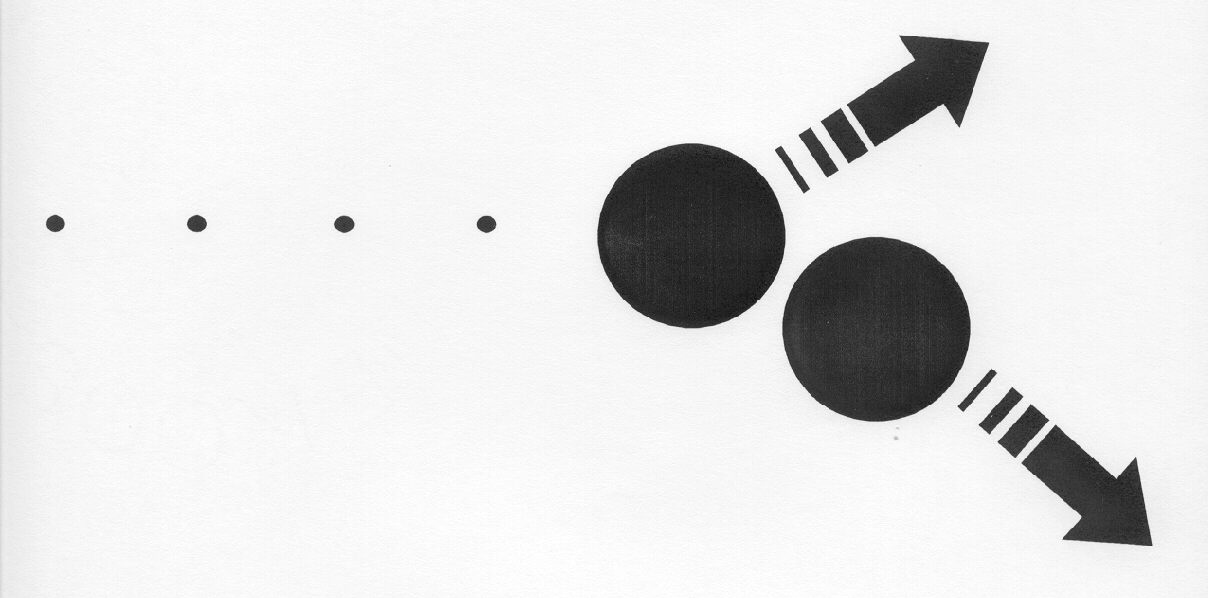Complexity swirls around us and touches almost every aspect of our life. Mechanical systems, energy systems, chemical systems, biological systems, social systems, information systems, economic systems, and numerous other systems overlap, interweave, and collide to create a cacophony of confusion in our daily environment. Yet somehow, we are able to deal with this vast complexity. In fact, the survival of life in a complex, hostile, ever-changing environment seems like a miracle. How can something as fragile as life exist in the midst of changing temperatures, pressures, heat, light, and an amazing array of chemicals?
Charles Darwin answered the question by proposing the concept of natural selection and the theory of evolution. While this helps explain how organisms adapt to changes in their environment over time, it does not address the question of complexity. The requirements for a higher order life form to survive on a daily basis demand that it must be able to find resources (food and water) and a protective environment (shelter). If the universe were entirely random and chaotic, this would not be possible. The fact that life forms can find the necessities for their sustenance says a great deal about complex systems: There is some order in the universe! There is some consistency. There are recognizable patterns. It is pattern recognition that allows higher life forms to avoid random wandering and direct themselves toward meaningful pursuits. The reward of a successful hunt is the basis of daily survival. It can be argued that the ability to predict is at the heart of man's ascendency to dominance on this planet. But it is our desire to predict that is also frequently stymied by the sheer complexity that surrounds us.
Most people live and think in a linear world. Although we live in three dimensional space, most people travel in a linear fashion on a surface area (in a two-dimensional environment). Although Einstein has convinced most physicists that different frames of reference (due to velocity) result in different perceptions of position in space and time (and two twins can actually live and age at different rates of time), the fact remains that most people think of time in a purely fixed, linear fashion. Additionally, since the most basic form of prediction is the recognition of repetitive patterns, this tends to lead to prediction based on linear progressions through time. When linkage is discovered in a chain of events, recognition of a causal input allows the prediction of the resulting outcome. In an incredibly complex world, most people are stuck thinking in terms of linear systems where an event can be traced back to its cause. (Or at least it is thought that we should always be able to do so.)
 |
Even our modern scientific method, from which so many advances have been made, is based on the principle that an experiment is verified when the same outcome is obtained from the same input. But complexity is nonlinear!
Most systems in the real world are complex systems. A complex system, by definition, is not linear and is not subject to linear cause and effect analysis. A complex system may exhibit the following properties:
- Outcomes may not be entirely input determinant. (i.e. the same inputs do not always produce exactly the same outcomes)
- Outcomes may be highly sensitive to initial conditions. (i.e. a butterfly flapping its wings can cause a tornado on the other side of the world.) In this case, complexity may hide the relevance of certain inputs or prevent the accurate identification of all inputs.
- Nonlinear systems with variables that are codependent and covariant are not subject to mathematical solution and cannot be added together for a simple summation.
- There is an unpredictable indigenous internal volatility in real world complex systems. (The same outcomes are not always derived from the same inputs. This is the obverse of #1 above. Reverse engineering does not guarantee that identified inputs necessarily did or will cause the defined output.)
If we disregard the question of fate and believe in the exercise of free will; and if determinism, as originally expounded by LaPlace (1749-1827), turns out to be flawed (as demonstrated by quantum mechanics) and does not adequately explain such "random accidents" as mutations, where does that leave us? Wouldn't it be wonderful to have a method for making predictions that is not dependent on knowing the initial conditions or identifying the forces acting on a complex system? If complexity overwhelms any attempt to trace a chain of overlapping and intersecting events through a complex system, why not try to discover the fundamental properties belonging to all complex systems, and develop an approach that can be applied without regard to the internal workings specific to a system or the multitude of forces acting on a system? The Nomothetic Theorem is the result found by the author.